Identifying the adult form of insect pests in a field doesn’t necessarily indicate a need to spray, says insect expert
In a field somewhere on the Prairies, there could be dozens of insect species in the crop. Some of those species could be beneficial and others could be pests that gnaw on the crop tissue or lay eggs on the leaves. The question for the farmer is how to eliminate the pests and preserve the […] Read more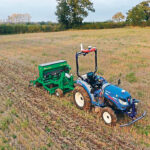
Artificial intelligence ‘transformative’ for the future of ag

Building connectivity one field at a time

Machine learning could guide nanotech development
Polymers
As nanotechnology hits its stride in agriculture, advances in machine learning are being harnessed to make field operations more effective while improving food safety. Nanoparticles are extremely small, measured in billionths of a metre or nanometres. This is the realm of molecules — it takes about three water molecules to make one nanometre, and DNA […] Read more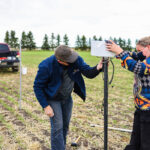
Smart farm network harnesses research power
Two Alta. agricultural colleges and a private research centre have high hopes for the Pan-Canadian Smart Farm Network
A national network seen as the first of its kind in the world to promote the development of smart farming is being launched by two colleges in Alberta and the Glacier FarmMedia Discovery Farm in Saskatchewan. The Pan-Canadian Smart Farm Network will be greater than the sum of its parts, said Joy Agnew, associate vice-president […] Read more
Digital tech caution persists
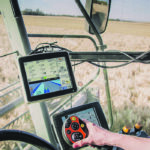
Trust is paramount in technology age

Testing finds rural Alta. internet speeds lag
Officials estimate it will cost as much as $1 billion to bring all Albertans to the federal government’s target speeds
Rural Albertans are being asked to test their internet speeds to help prove they need an upgrade to their broadband. “The important conversation is that there’s a gap between how the federal government is presenting rural numbers compared to what it’s like on the ground,” said Paul McLauchlin, president of the Rural Municipalities of Alberta. […] Read more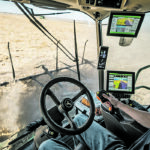
Keep ducks and row crops in line
The first implement pass affixes guidance lines for the rest of the season despite changes in machine width
High-value row crops demand a high degree of accuracy during in-crop spraying or tillage operations. High-value can become mid-value if weeds are missed or plants are accidentally sliced or sprayed. John Deere presented row-croppers with a solution last winter when it introduced its new AutoPath system, which provides identical row-to-row guidance data throughout the season, […] Read more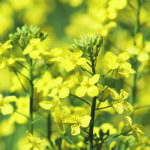
Crusher demand will test canola growers
Recently announced crushers will need another 4.6 million tonnes, but acres are maxed out and yields have not been rising
Canadian farmers need to produce an additional 4.6 million tonnes of canola per year starting in 2024. That is a tall order, one that would require a 25 percent increase over last year’s output. The 4.6 million tonnes are the amount of additional canola that will be required by three new crush facilities that will […] Read more





